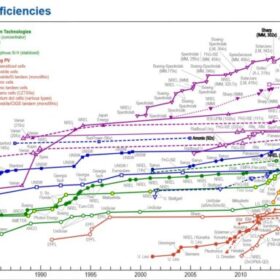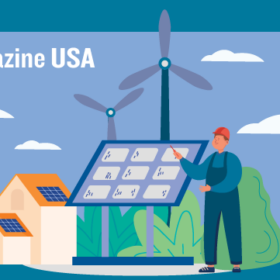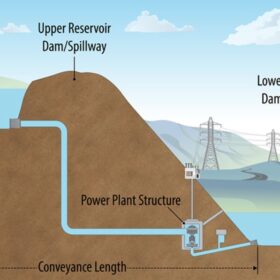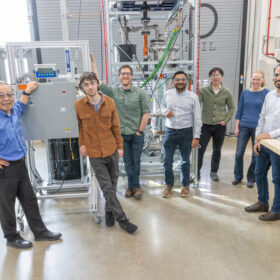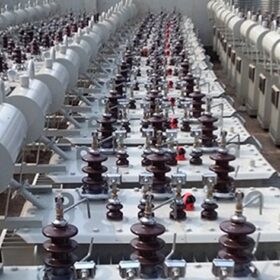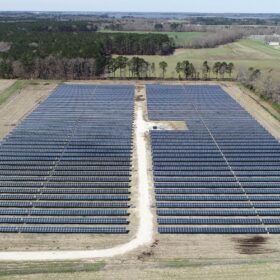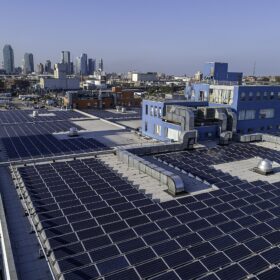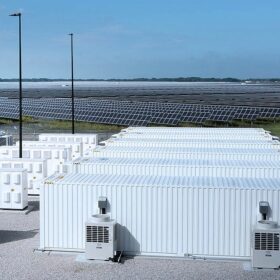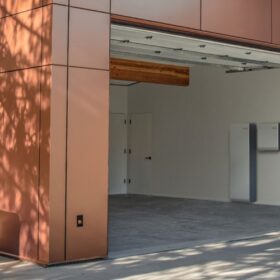NREL updates interactive chart of solar cell efficiency
The National Renewable Energy Laboratory (NREL) has updated its research cell efficiency chart for a range of PV technologies.
Livestream shows how eclipse impacts solar power production across the U.S.
The 2024 solar eclipse will bring a few minutes of total darkness to twelve states as it cuts its path from Texas to Maine, and interest in how it will affect solar production brings to light the importance of solar energy on today’s grid.
Sunrise brief: New solar antidumping tariffs are on the way, said Roth
Also on the rise: Non-lithium battery startup nets $78 million Series C funding. SolarEdge acquires EV charging optimization and management startup. And more.
NREL releases online tool to estimate pumped hydro storage costs
The US Department of Energy’s National Renewable Energy Laboratory (NREL) has released a cost-estimation tool for new closed-loop pumped storage hydropower (PSH) plants in the United States. The tool allows operators to select from a range of system characteristics and account for factors such as local geology, labor rates and inflation.
Sunrise brief: DOE funds heated sand energy storage project pilot
Also on the rise: Developing hydrogen fuel from iron-rich rocks. Off-grid solar bench with wireless charging and Wi-Fi, And more.
DOE funds heated sand energy storage project pilot
A modeled commercial-scale project storing energy in heated sand could produce 135 MW of power for five days. The U.S. Department of Energy is funding a pilot project intended to demonstrate commercial viability.
Sunrise brief: How to boost U.S. solar rooftop installations
Also on the rise: Bloom Energy teams up with Shell to look at large-scale hydrogen projects. A look at the great transformer shortage affecting U.S. utilities. And more.
A look at the great transformer shortage affecting U.S. utilities
An NREL team finds that lead times for transformers has grown fourfold in three years, with orders sometimes taking two years. Additionally price increases of four to nine times have been reported in the past 3 years.
Sunrise brief: First Solar plans to double manufacturing capacity by 2026
Also on the rise: Solar at “twice the natural capacity factor of the sun”. The importance of community solar in all-of-the-above renewable energy strategy. And more.
The importance of community solar in all-of-the-above renewable energy strategy
Recent studies show the many benefits of community solar, and to keep it on an upward trajectory, the Coalition for Community Solar Access encourages growth in third-party programs.
